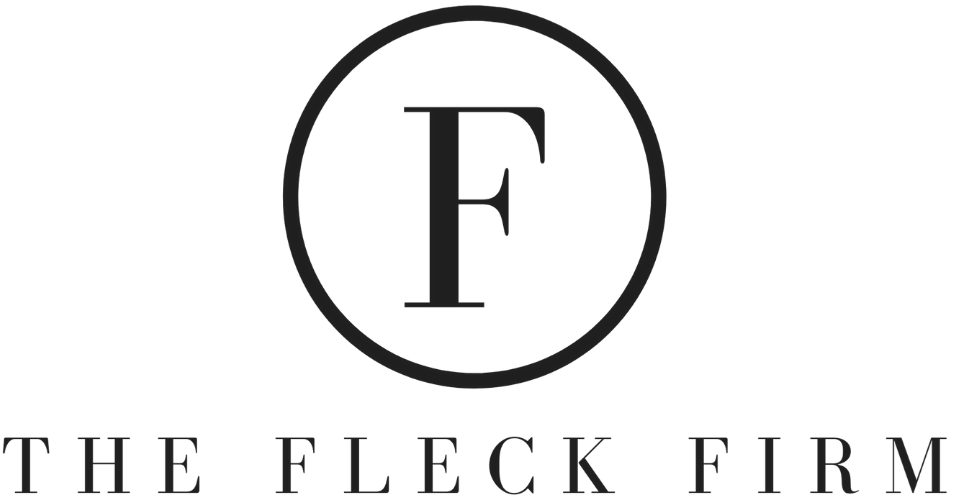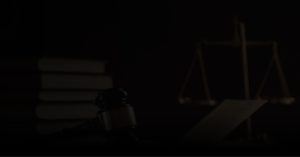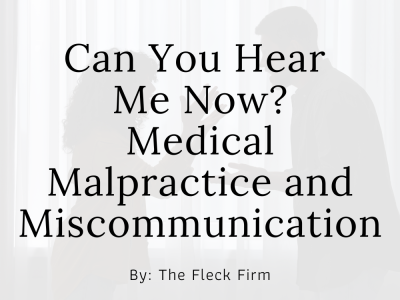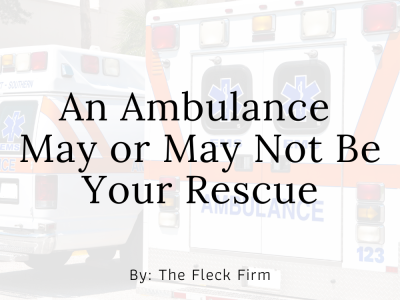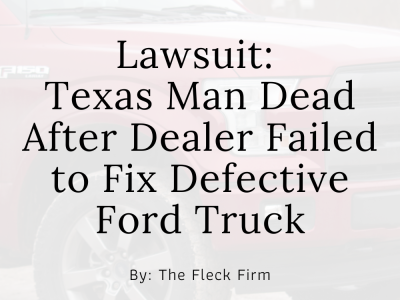Many people feel like they’re prepared for the aftermath of a car accident — at least in terms of what information and records they’ll need to gather. When it comes time to submit a claim, however, the process is anything but simple. This is especially true in cases where the car accident led to an injury (as opposed to just vehicular damage). Extensive medical records can mean demand letters are sometimes hundreds of pages long.
Whether you are successful in your claim will ultimately depend on your capability to compile documents that demonstrate both the fault of the car accident and your losses (damages).
1. Police Report
The most obvious document you need is the police report (or it could be an accident or incident report, depending on the circumstances of your accident and your state). Whatever the case, this will be a report completed on the scene or soon after.
A police report contains all the key details of your car accident, including the location, time, and date. It also has a diagram describing the accident, defines potential causes, and shows whether anyone involved (a driver, passenger, or witness) violated any traffic laws. Finally, it has observations from the police officers who responded to the accident.
Your police report will be available to your a few days after the accident. To request it, you need to provide the relevant law enforcement agency with as much information as you have. Ideally, this will consist of your name, the name of the other driver involved, the name of the officer who made the report, and the date and location of the accident.
2. Information of the Other Driver
At a minimum, you should have the license number of the other driver. In fact, this should be in the police report. It’s better still if you also have the other driver’s insurance information, as this will allow you to find the other insurance provider for your claim.
3. Traffic Tickets
The police report will also state if law enforcement issued any traffic tickets. In the case the other driver involved in the accident did receive a traffic ticket, there is no chance for the insurance company to argue that you were at fault.
4. Witness Statements
A police report often includes accounts from witnesses, but it is always helpful to have additional statements. For instance, you can present statements you recorded yourself at the scene of the accident.
5. Declarations Page of Your Insurance Policy
In your insurance policy documents, there is a declaration page that summarizes your insurance coverage. It is one of the most critical (although often overlooked) documents for a couple reasons.
First, it will immediately tell you whether your insurance includes medical payment coverage — you can find out for yourself by looking for “med pay.”
Second, it will tell you whether your claim will succeed in the case the other driver lacks or has limited insurance. Look for the term “UM.” If the box next to it is checked, you have uninsured motorist coverage. There will also be two numbers: the first is the amount of coverage you have in thousands of dollars for one person, the second number is the amount for everyone.
There’s no need to look through your entire policy to find the declarations page — you can just call the insurance company and ask them to email it to you.
6. Medical Records
Gather all the medical records you have related to the treatment you’ve received following your car accident. This should include documents about your diagnoses, prescribed medications, opinions of healthcare providers, and billing information. Remember to collect records not just for emergency services, hospitals, and your primary doctor but also any physical therapy and specialist care (such as chiropractics) that you received.
All this may mean contacting several services, some of which may need several days or even weeks to send you the records. Although it can be expensive to request all of these records, they are essential to your case.
7. Proof of Income
In the case that your injuries meant that you missed work and you lost income as a result, you’ll be able to claim for these losses. Financial documents for this purpose include paycheck stubs or a record of direct deposits as well as proof of your estimated tips (if you work in the service industry). In addition, you’ll need to show your work schedule for the days you missed work.
8. Evidence of Vehicle Damage
Most likely, your vehicle also suffered some damage. Typically, your insurance company will estimate the cost of repairs for you. However, it may be possible (and worthwhile) to receive estimates from a few different mechanics.
In addition, you may be required to show proof of how much your car was worth before the accident.
9. Photographic Evidence
Photographs can back up many of your claims. They can also help the insurance adjuster and your attorney understand what happened. Relevant photos include those of the scene of the accident, of your car at the mechanic, and of your injuries. Emergency responders, tow truck drivers, insurance company representatives, and witnesses may all have taken photos. You can also take photos yourself.
10. A Journal
One final document to include is a journal of other relevant information. Use the journal to note down any important information you remember after the fact or to describe how your injuries are impacting your daily life.
Insurance companies try their hardest to award as little compensation as possible. If there is any dispute as to who was at fault, the extent of your injuries, or how much of your losses were due to the accident, the company will fight to pay you less.
Whereas it is difficult to handle a car accident claim alone, hiring an attorney ensures you receive the full compensation you are entitled to. This will cover your medical bills, vehicular damage, and other losses. Furthermore, an attorney will help you gather all the above, advise you on any further documentation you need, and even pay to receive your medical reports.
Have more questions? Call The Fleck Firm now at (270) 446-7000. Remember, the insurance companies have lawyers, you should have one too.
